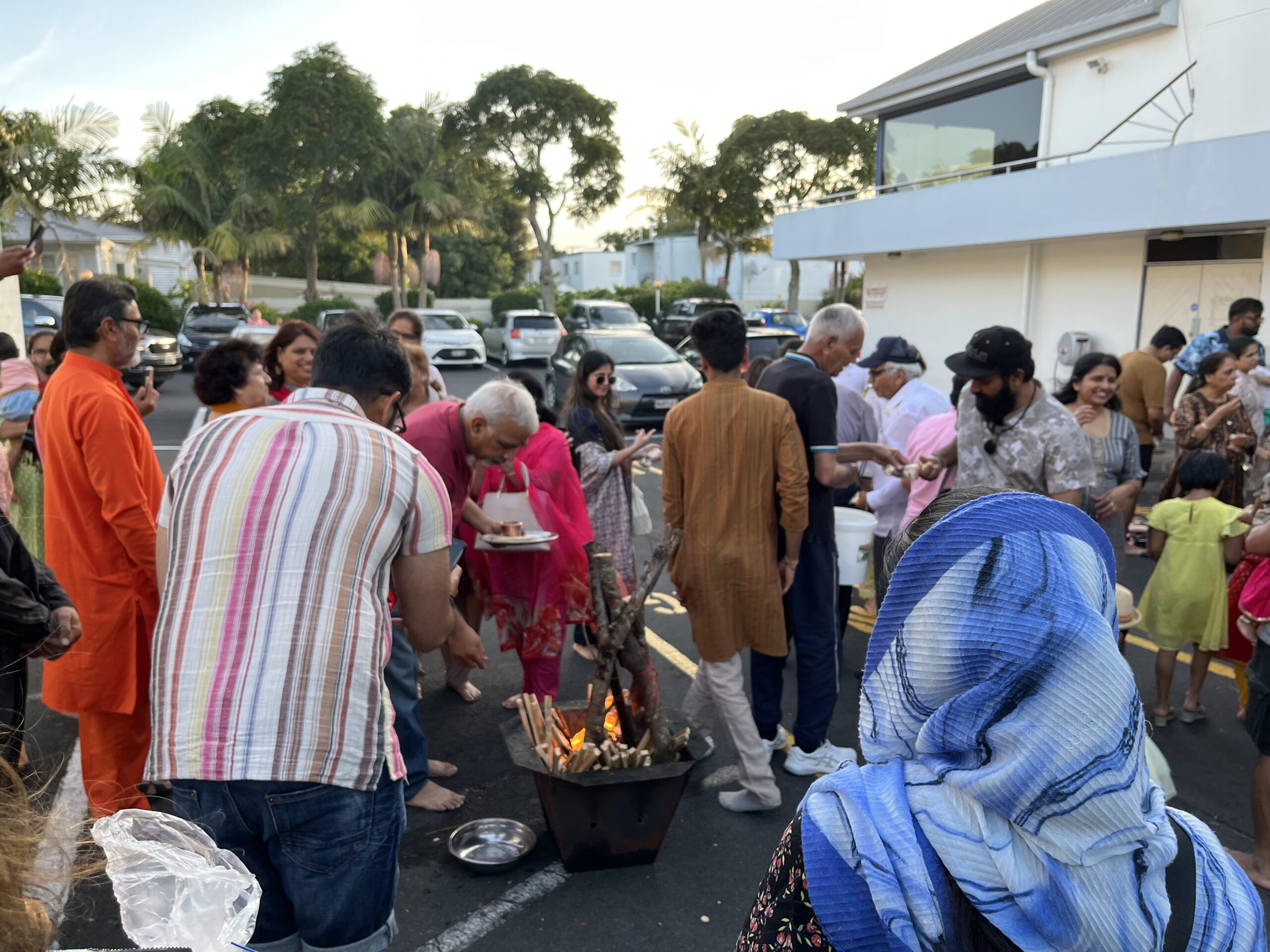Lohri and Makar Sankranti celebrated with fervour!
The festival of Lohri and Makar Sankranti that traditionally fall on 13th and 14th January every year were celebrated with lots of joy and fervour across India and here in New Zealand. The two festivals are basically the same occasion celebrated with two different names in different regions of India. This is the time of the year when winter starts turning to spring and the Sun transiting from zodiac sign of Sagittarius to Capricorn. On a leap year like this year, the festival will move ahead by one day, so this year it was celebrated on 14th and 15th January respectively.

Makar Sankranti is celebrated when the Sun’s ecliptic longitude becomes 270 degrees measured from the fixed starting point which is in opposition to Spica i.e. this is a sidereal measure. Uttarayana begins when Sun’s ecliptic longitude becomes 270 degrees measured from the Vernal equinox, i.e. this is a tropical measure. While both concern a measure of 270 degrees their starting points are different. Hence Makar Sankranti and Uttarayana happen on different days. On the Gregorian calendar, Makar Sankranti occurs on 14 or 15 January and Uttarayana starts on 21 December. As a result of December solstice (Uttarayana) is continuously but very slowly moving away from Makar Sankranti. Conversely, the December solstice (Uttarayana) and Makar Sankranti must have coincided at some time in distant past. Such a coincidence last happened 1700 year back in 291CE.

Makar Sankranti is celebrated with different names in different parts of India at the same time, if its Makar Sankranti in Northen states of India it’s called Lohri in Punjab, Bihu in in Assam and Bengal and Pongal in south of India. Its time of the year when weather changes from winter to spring and the new crops are readying to harvest. People celebrate this occasion



This is more practical info than I’ve found anywhere else.